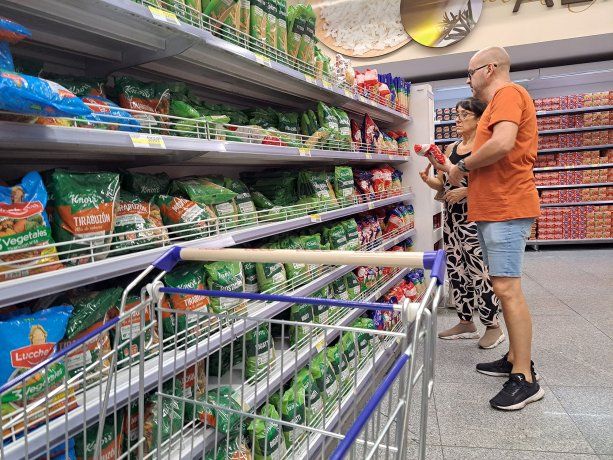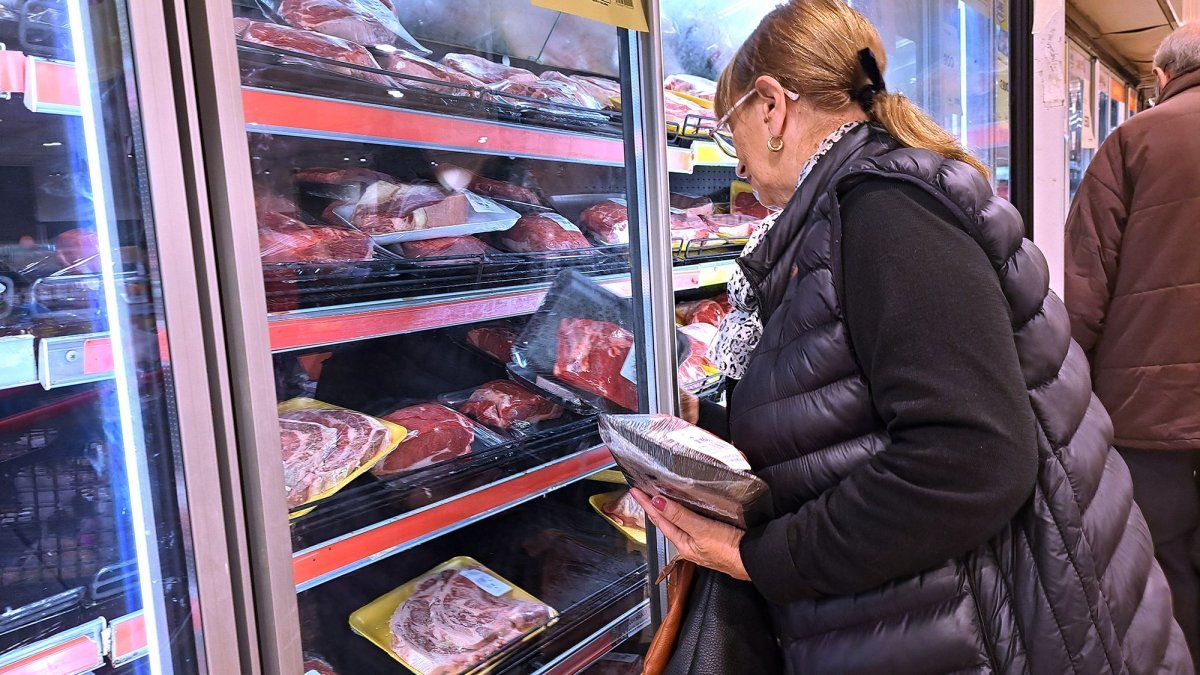The government aims to break the 4% mark by reducing the PAIS tax. However, analysts warn that this may not be enough of an incentive to continue on the path of lower prices.
The July inflation (CPI) was located in the 4% monthly and thus returned to the downward path, after interrupting this process in June when it rose to 4.6%. But despite this good figure for the economy, economic consultants point out that breaking through the 4% mark will be a more difficult challenge than the Government is proposing. What are the reasons?
The content you want to access is exclusive for subscribers.
1. Core inflation and inertia
The core inflation The July inflation rate was 3.79%, in line with the data for June (3.65%) and May (3.73%). In this sense, Econviews, Miguel Kiegel’s consultancy, points out that “Although it is a low number compared to the months prior to the devaluations of August and December 2023, they are still three consecutive months in which it remains around this figure. Annualizing the latest data implies an inflation of 56.2%”. In this sense, what core inflation reflects “is nothing more than the inertia” of prices.


“Our view is that inertia will continue to exist and we find it difficult to see monthly figures that start with 0 or 1 as the government expects. Tariff policy will have an influence. Whether or not regulated price increases are implemented, we have already seen that it has an effect on the evolution of inflation. It will also have to do with what happens with the exchange rate and a possible unification,” explained Econviews.
Inflation Prices Supermarket Products Consumption

Core inflation remains at 3% for the third consecutive month and analysts are wondering if August will be another month at the same level
Mariano Fuchila
2. COUNTRY TAX
The Government intends, in August, maintain a slightly downward inflation curve, and then, in September, and as a result of the reduction of the Country Tax, bet on a more sensitive reduction. The objective is to make the evolution of wholesale and core prices converge with the variation of the exchange rate (2% monthly). In this sense, although the Country Tax can be helpful to maintain inflation at this rate, analysts are still skeptical that it will be enough to break the 4% floor.
3. The readjustment of relative prices has not ended
According to Econviews, in the electricity, gas and other fuels sector, Javier Milei’s administration increased this sector by 310%, above 87% of the entire CPI, but the user only covered 55.8% of the electricity rate in July.That is to say, there is still work to be done. Public transport, prepaid health plans, telephone and internet services and education are examples of this behaviour.”
4. Exchange rate risk
The phenomenon of the disinflation still has a long way to go, as long as credibility in the fiscal anchor is maintained and there are no disruptions in the exchange rate. According to analysts at Consultatio, “the exchange rate front is the most at risk” because intervention in the parallel market impacts the accumulation of reserves and widens the gap.
Inflation: What to expect in August?
CREEBBA’s general CPI projects 4% for August, when in July it had reached 4.2%. Although in the first half of the month food prices rose 3.9%, above the figure for the first half of July, the rest of the items were at 3.8%, which is why the consultancy believes that price increases could reach 4%.
In parallel, the consulting firms and financial entities that participated in the latest REM expects 3.8% for the current month.
Source: Ambito




